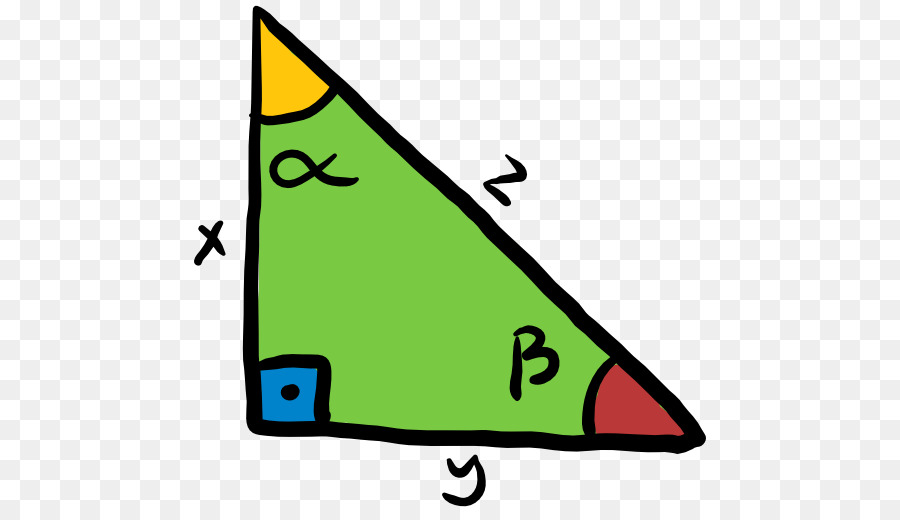0 and its architect!
ARYABHATTA
Who is he?
Aryabhata (476–550 CE)was the first of the major mathematician-astronomers from the classical age of Indian mathematics and Indian astronomy in Gupta Empire. His works include the Āryabhaṭīya (499 CE, when he was 23 years old) and the Arya-siddhanta also known as Surya Sidhanta.
 |
| University of NALANDA |
Background.
Aryabhatta was born in assaka in 476AD. He completed his education from the ancient university of Nalanda and
later he moved to Bihar and continued his studies in the great centre of
learning located in close proximity to Kusumapura in Bihar and lived in
Taregana District in Bihar in the late 5th and early 6th century. Nalanda was the most popular universities of that time and it was believed that only 2 to 3 out of twenty would pass the entrance exam of the university one of whom was Aryabhatta.



1)His contribution to the mathematics is unmatched and cannot be ignored, as he was the one who deduced the approximate value of pi, which he found it to be 3.14.

1)The branch of mathematics dealing with the relations of the sides and angles of triangles is known as trignometry.
What's so special?-----Works!
Aryabhatta was one of the greatest mathematicians and astronomers of the world. His work in both the fields, astronomy and mathematics, was commendable. He is the one on whom the whole world believes till now after almost 2 and half millenniums. Also without him we would never get to know the most useful number of all numbers ----- 0. He was the person who shaped the whole world. The astronomical calculations and deductions suggested by Aryabhatta are
extraordinary by the fact that he didn’t have any modern equipment or
instrument to do it. He had a very sharp brain and his dedication and
hard work led him to solve the various mysteries of the solar system. His works are given below in detail.

Mathematics

Discovery of ZERO!
1)His greatest contribution has to be ZERO, for which he became immortal.
He certainly did not use the symbol, but the French mathematician
Georges Ifrah argues that knowledge of zero was implicit in.
2)Aryabhata's
place-value system as a place holder for the powers of ten with null
coefficients. 3)Although there is a lot of opposition about aryabhatta not discovering zero and Bramhagupta discovering it but the fact is that aryabhatta had discovered it.
4) Also the fact is that Bramhagupta was born around 30 years after Aryabhatta died making it clear about the discovery of zero.

Approximation of pi
1)His contribution to the mathematics is unmatched and cannot be ignored, as he was the one who deduced the approximate value of pi, which he found it to be 3.14.
2)He also derived the correct formulas for
calculating the areas of triangles and circles.
3) He has written that if 4 is added to 100 and then multiplied by 8 then added
to 62,000 then divided by 20,000 the answer will be equal to the
circumference of a circle of diameter twenty thousand. This calculates
to 3.1416 close to the actual value Pi (3.14159).
4) All this provided the base of trignometry.
Trignometry
1)The branch of mathematics dealing with the relations of the sides and angles of triangles is known as trignometry.
2) Aryabhatta provided the base of this subject by providing the formula to calculate the area of triangle.
3)In Ganitapada 6, Aryabhata gives the area of a triangle as
- tribhujasya phalaśarīraṃ samadalakoṭī bhujārdhasaṃvargaḥ
Astronomy
Motion of Solar System

1)Aryabhata correctly insisted that the earth rotates about its axis daily, and that the apparent movement of the stars is a relative motion caused by the rotation of the earth, contrary to the then-prevailing view, that the sky rotated.
2)Aryabhata described a geocentric model of the solar system, in which the
Sun and Moon are each carried by epicycles.
3)They in turn revolve around
the Earth. In this model, which is also found in the Paitāmahasiddhānta (c. CE 425), the motions of the planets are each governed by two epicycles, a smaller manda (slow) and a larger śīghra (fast).
4)The positions and periods of the planets was calculated relative to
uniformly moving points. In the case of Mercury and Venus, they move
around the Earth at the same mean speed as the Sun. 5)In the case of Mars,
Jupiter, and Saturn, they move around the Earth at specific speeds,
representing each planet's motion through the zodiac.
6)Another element in Aryabhata's model, the śīghrocca, the basic planetary period in relation to the Sun, is seen by some historians as a sign of an underlying heliocentric model.

Eclipse
1) Solar and lunar eclipses were scientifically explained by Aryabhata. He states that the Moon and planets shine by reflected sunlight.
2) He discusses at length the size and extent of the Earth's shadow
(verses gola.38–48) and then provides the computation and the size of
the eclipsed part during an eclipse.
3) He has written most of these things in Gola verses and Surya Sidhanta.
Heliocentrism
1)Heliocentrism is the astronomical model in which the Earth and
planets revolve around the Sun at the center of the Solar System.
2)Aryabhata advocated an astronomical model in which the Earth turns on its own axis.
3)His model also gave for the speeds of the planets in the sky in terms of the mean
speed of the sun.

Must be proud!--- Conclusion.
Like we have a huge respect for Albert Eienstein, Dr APJ Abdul Kalam, Newton and similar such scientists we should also not forget the inventor of zero ---- ARYABHATTA.
Hope you liked the article. Do subscribe for more such articles.
Thanks!


Comments
Post a Comment